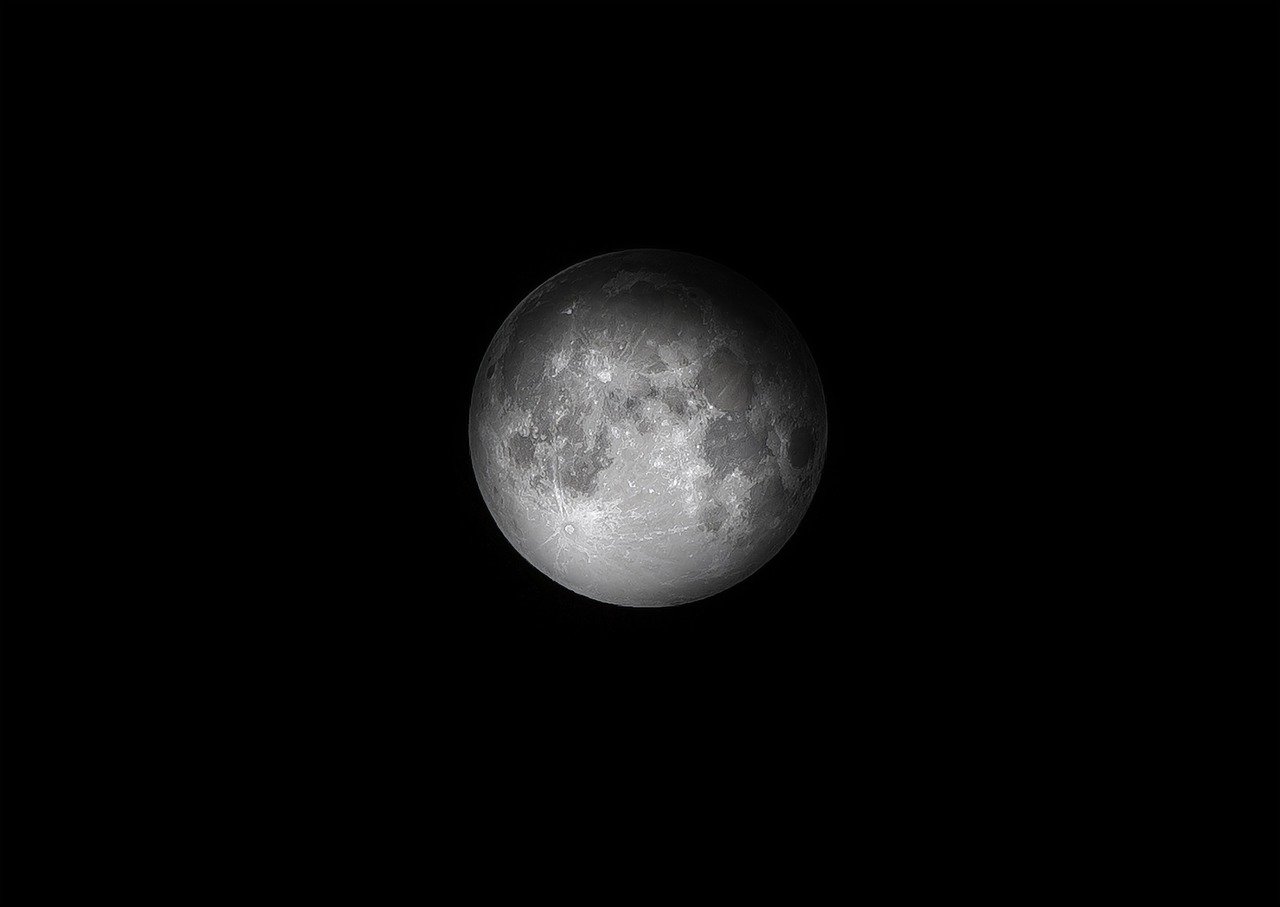Water on the moon is an essential asset to space exploration. Astronauts could extract oxygen they use for breathing, while also using hydrogen to fuel their rockets and spacecraft. Finding a sufficient amount of water on the moon is of great importance for further space exploration. Now a group of researchers at the University of California suggests there might be much more water on the moon than was previously thought.
Researchers Lior Rubanenko, Jaahnavee Venkatraman and David Paige published their findings in the journal Nature Geoscience. They compared the ice found on Mercury to hidden regions on the moon that might hold water.
Previous studies used data from the Arecibo Observatory and NASA’s MESSENGER spacecraft which surveyed the cratered areas on Mercury’s poles which are shadowed, as seen from Earth. The LRO spacecraft crashed on Mercury with the intention to reveal water and ice vapor, despite its closeness to the sun. The evidence of ice deposits are several feet thick. Because they are shadowed, it’s impossible for the sun to reach them and vaporize the ice. Now, if such a scenario is also possible in moon craters, there might be much more water on the moon than has been found in previous studies.
The scientists assumed that Mercury and Earth‘s moon shared similar thermal environments, as well as the fact that they both have shadowed craters. The material buildup on Mercury was made out of ice, according to the previous studies. The scientists then took the data which looks at 2,000 shadowed craters on Mercury and 12,000 similar craters on the moon.
Comparing this data allowed the researchers to notice that the shallowing in the craters on Mercury is very similar to the shallowing in the shaded craters on the moon. The scientists believe that the material collected in the shallowed moon craters could also be ice. If this theory is correct, there could be millions of tons of ice on the surface of the moon. That means there would be much more water on the moon than previously thought.
Another study published recently in the Geophysical Research Letters from NASA’s Goddard Space Flight Center found that the south pole craters could trap water on the moon. However, the amount of trapped water determined by NASA is considerably less compared to what the team from the University of California suggests.
The moon lacks atmosphere as we have it on Earth, which means that meteor impacts and ionized gases from the Sun called solar winds would cause the water particles to get kicked out from the craters and become vaporized. Moreover, in such situations, NASA’s Lunar Reconnaissance Orbiter would be able to spot the water in traces.
“People think of some areas in these polar craters as trapping water and that’s it,” said William M. Farrell, research lead, said in a statement. “But there are solar wind particles and meteoroids hitting the surface, and they can drive reactions that typically occur at warmer surface temperatures. That’s something that’s not been emphasized.”
While it’s impossible to determine how much water is trapped on the moon, NASA’s manned Lunar mission known as Artemis will aim to explore that over the next years.





